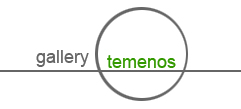| |
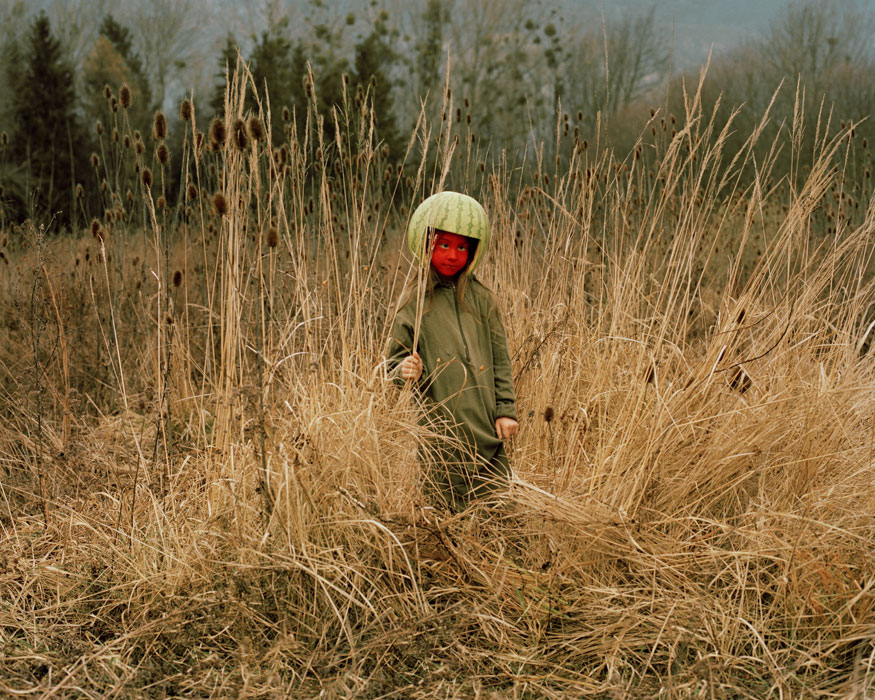
|
| |
| Mishiko, 2012 |
| |
|
|
Mishiko was the sister of my grandfather. She fell ill during the war, doctors diagnosed poor hydration. In Japan, watermelon is a very popular fruit and holds much water. So her parents gave it to her regularly. But the diagnosis was wrong; it was a salt deficiency and she died shortly after.

|
|
| |
| |
| |
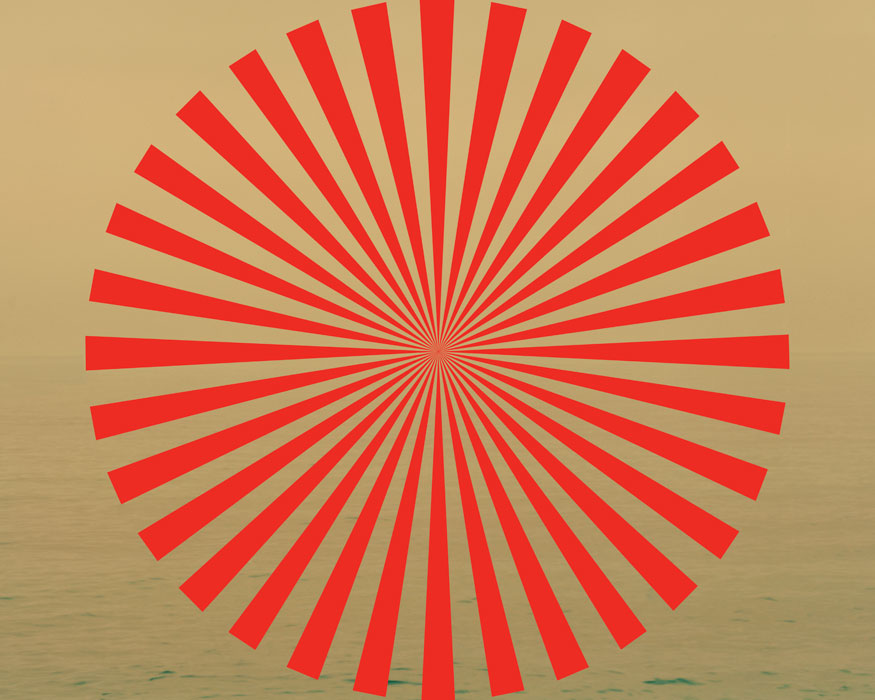 |
| |
| Rising sun, 2013 |
| |
HIKARI
Hikari is a Japanese word meaning «the light»
This work represents my compulsion to build and shape my own memory. To reconstitute some facts I haven't experienced myself,
but have unconsciously influenced me while growing up.
My grandparents witnessed the war; survivors who finally passed away and whose memories will soon be a part of history.
Only once did we speak about their experiences during the war. They told me how illness can take. away your sisters; the shame;
the relief after the war; and the watermelons ...
But after that night, we never talked about it again. As if my grandparents gave me their memories as a whisper through the air before
allowing it to disappear from their minds.
Somehow, I would say that I borrowed their memories. I use their stories as source of inspiration for my own testimony.
2012-2014

|
|
|
| |
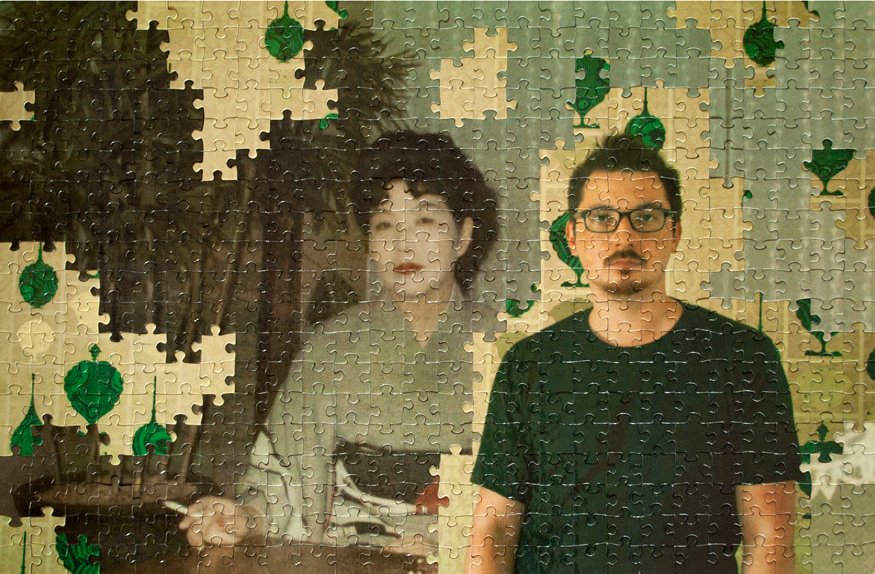 |
| |
| Batien & moi, 2015 |
| |
| |

David Favrod was born in Kobe, Japan, and now lives and works in Switzerland and Spain. He received a Master’s Degree in Art Direction and a Bachelor’s in photography from the Ecole cantonale d’art de Lausanne. David’s work has been well celebrated, winning the Aperture Portfolio Prize in 2010, the Work in Progress Award at Les recontres del la Photographie in Arles, France in 2009, and shortlisted for the FOAM Paul Huf Award, 2012, in Amsterdam. He has had solo and group exhibitions around the globe and his work is held in numerous public and private collections.
www.davidfavrod.com |
|
| |
| |
| |
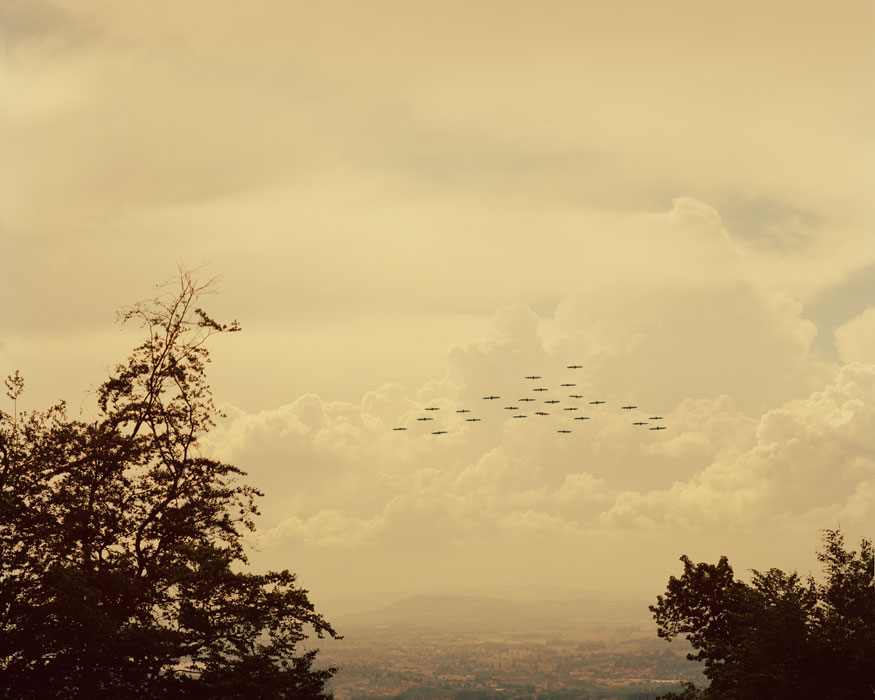 |
| |
| Raid B-29 du 18 juin 1945 sur Kobé, 2013 |
| |
| On June 18, 1945, 25 B-29 laid naval mines in waters near Kobe. |
| |
| |
| |
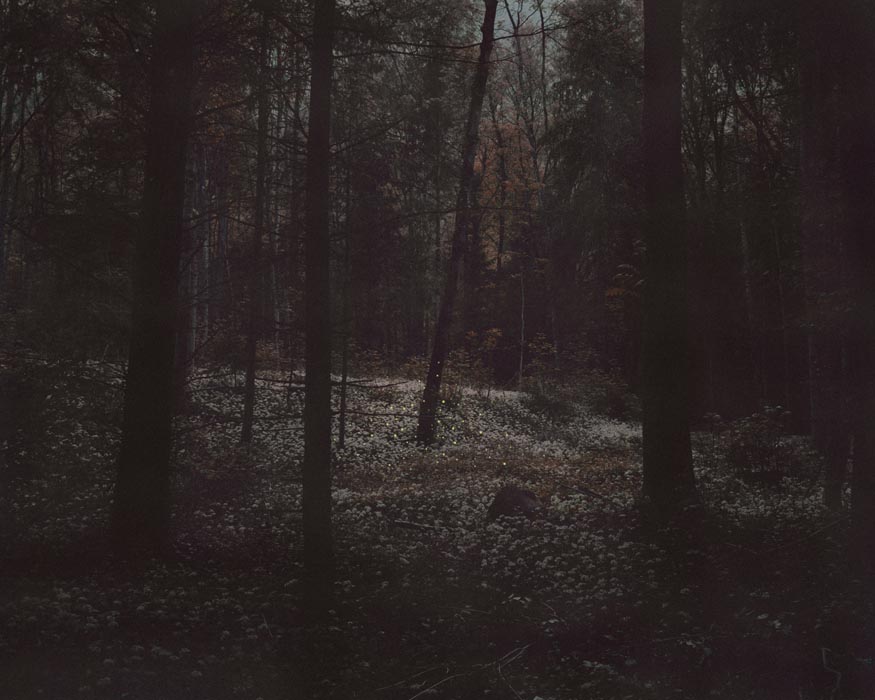 |
| |
| Le tombeau des lucioles, 2012 |
| |
Grave of the Fireflies is a 1988 Japanese animated film written and directed by Isao Takahata and animated by the Studio Ghibli. It was based on the semi-autobiographical novel of the same name by Akiyuki Nosaka.

|
|
| |
| |
| |
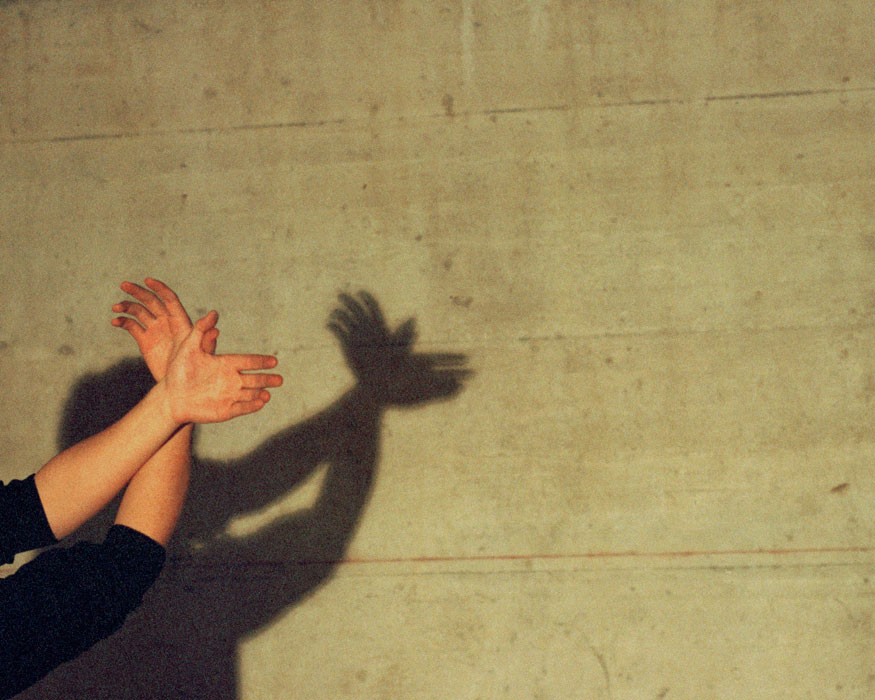 |
| |
| Le bunker, 2012 |
| |
A few weeks after the explosion of the atomic bombs, scientists saw that the flash of the bomb had discolored the walls that were still standing.. The bomb had left marks corresponding to the projections of objects, bodies and street furniture, like a photographic projection. The heat due to heat radiation made visible shadows on the ground. Shadows could be a man who stood at the time of the tragedy and had somehow 'protected' the wall from the bomb. It was the same with a ladder, a valve or pylons of a bridge.

|
|
| |
| |
| |
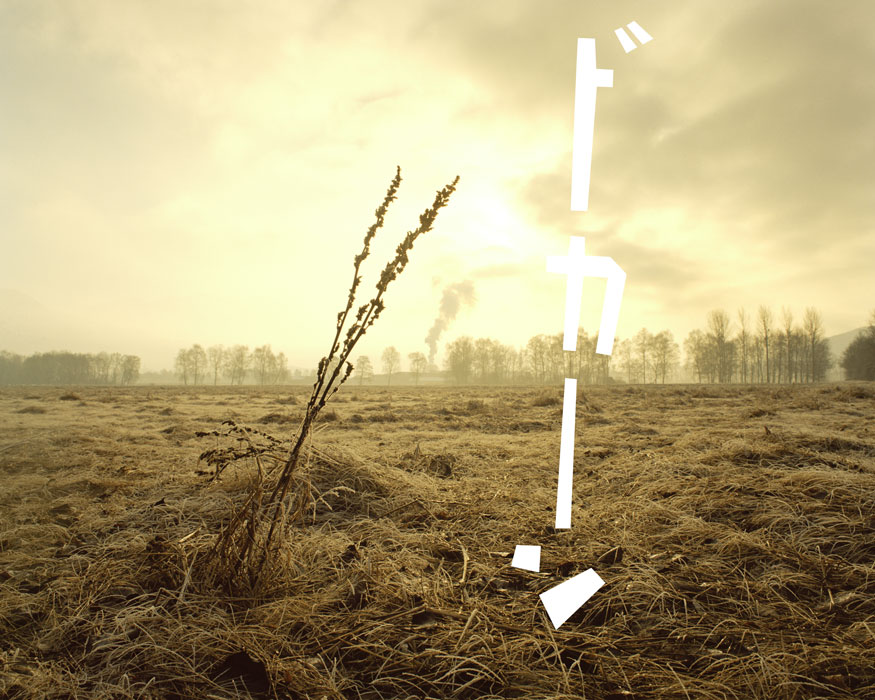 |
| |
| BAOUMMM, 2013 |
| |
A lot of the memories of my grandparents during WWII were sounds . During the bombings they went to underground shelters. It was dark. The memories they remain from their events are the sound of explosions, the sound of planes, people crying, … So, my question was : How can I introduce sound in my picture? It's why I decided to use onomatopoeias (that were found in manga/comic) and to paint them on the prints.

|
|
| |
| |
| |
 |
| |
| Pika Don, 2013 |
| |
Pika Don is a word that has been integrated into the Japanese vocabulary as a result of the atomic bombs. Translated, PIKA means the flash (brilliant light) and DON means the explosion,representing what was seen and heard when the bombs were detonated.

|
|
| |
| |
| |
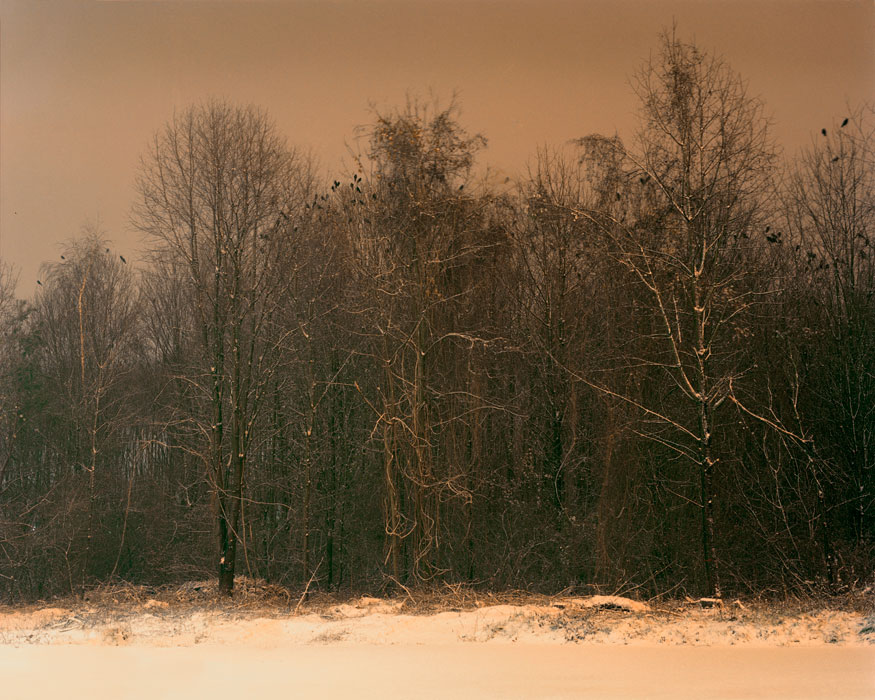 |
| |
| Là, où vivent les corbeaux, 2012 |
| |
| |
| |
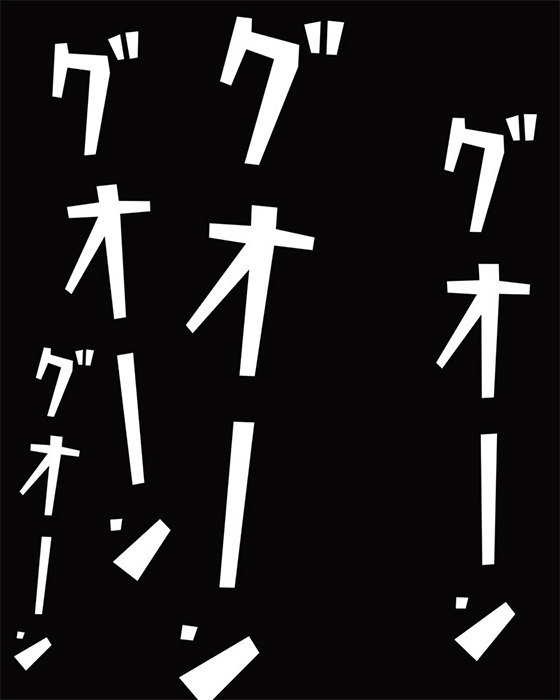 |
| |
| Viuuu, 2013 |
| |
| |
| |
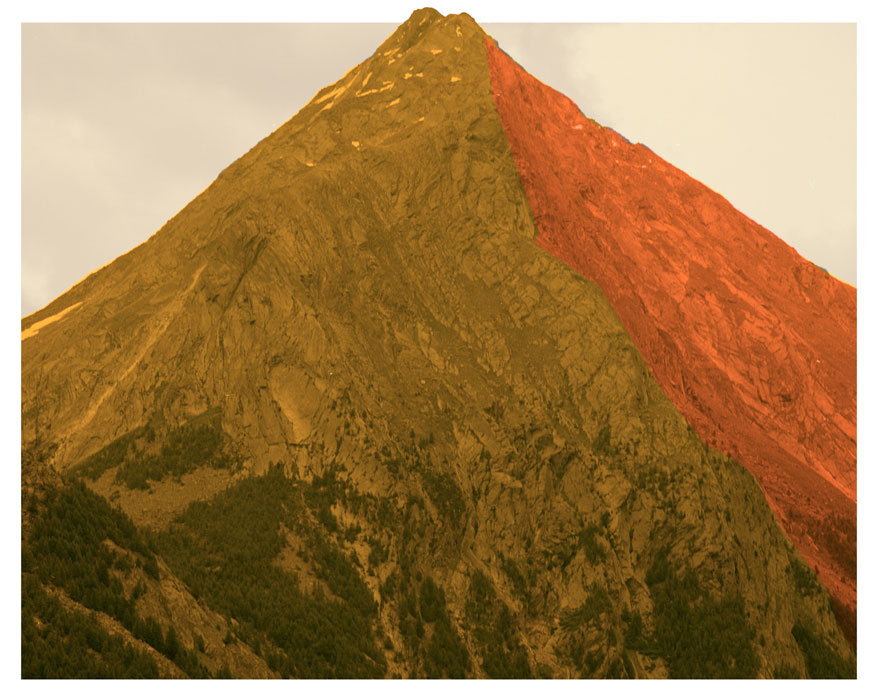 |
| Almagellhorn, 2013 |
| |
| |
| |
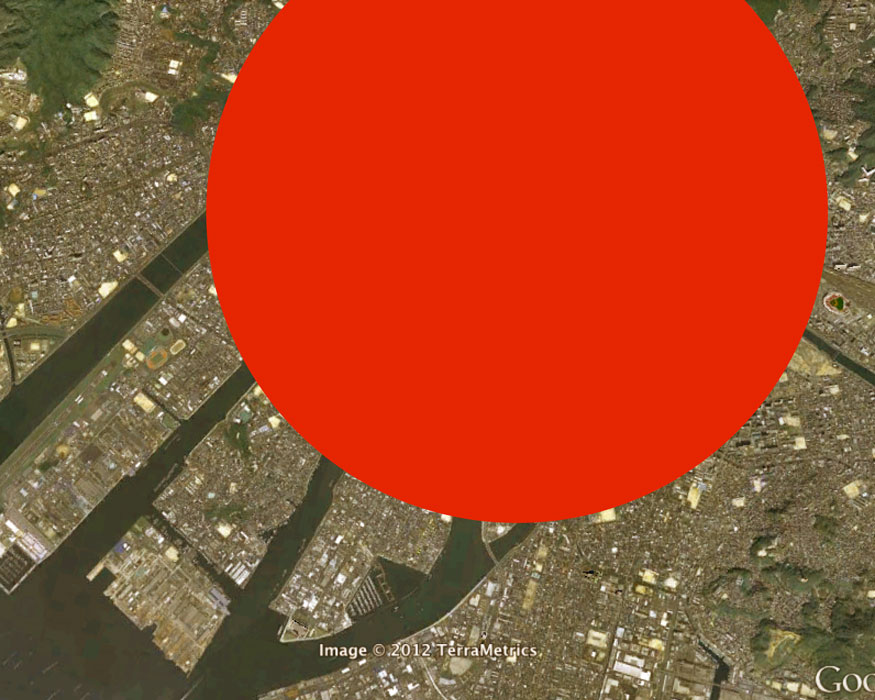 |
| |
| Dommages et radiation maximale de Little Boy, 2013 |
| |
| |
| |
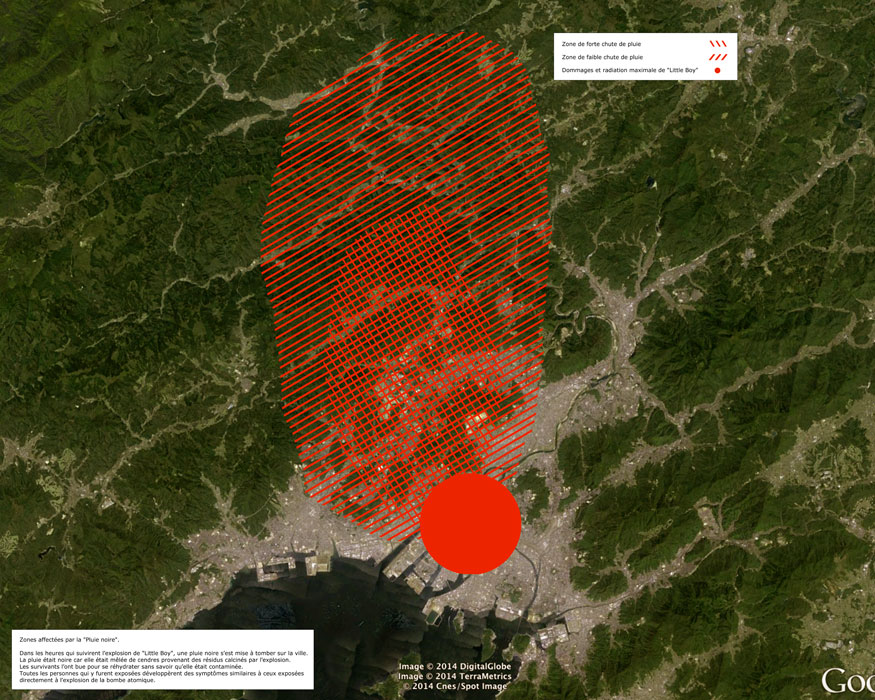 |
| |
| Zones affectées par la "Pluie noire", 2014 |
| |
The mixing of enormous amounts of airborne irradiated materials combined with heat and thermal currents from the firestorms led to rainfall in the area of Hiroshima within 30-40 minutes of the bombing. As the fallout particles were mixed with carbon residue from citywide fires, the result was the awesome and injurious "Black rain".

|
|
| |
| |
| |
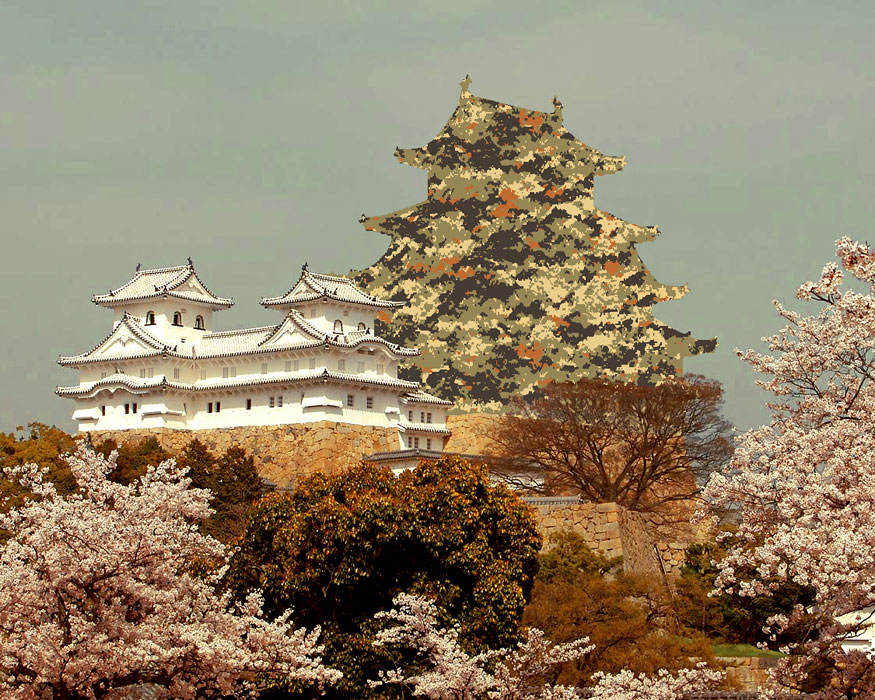 |
| |
| Pixel camouflage, 2013 |
| |
In May 1942, to preserve the Himeji castle, the dungeon was camouflaged. In December 1943, the towers and walls followed.

|
|
| |
| |
| |
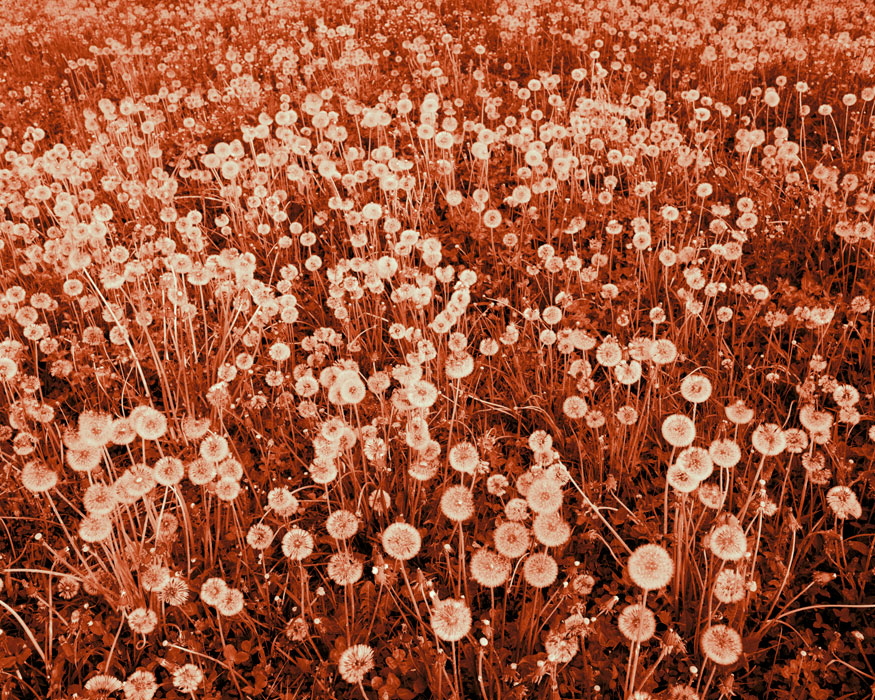 |
| |
| Son magnifique champ de fleurs, 2013 |
| |
| |
| |
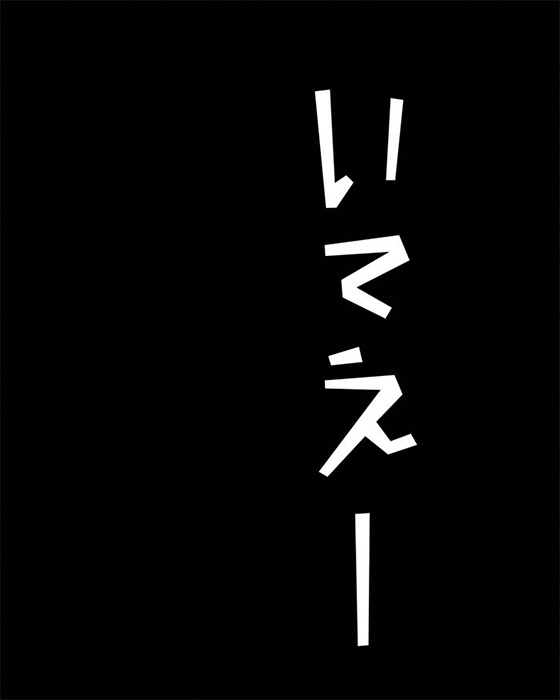 |
| |
| Arrgh, 2013 |
| |
| |
| |
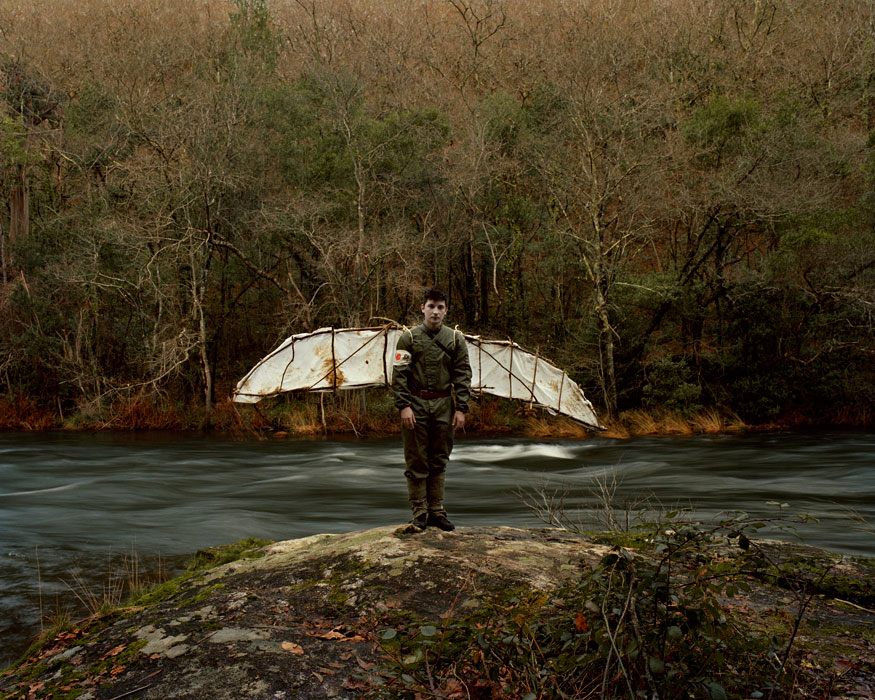 |
| |
| Vent divin, 2013 |
| |
| |
| |
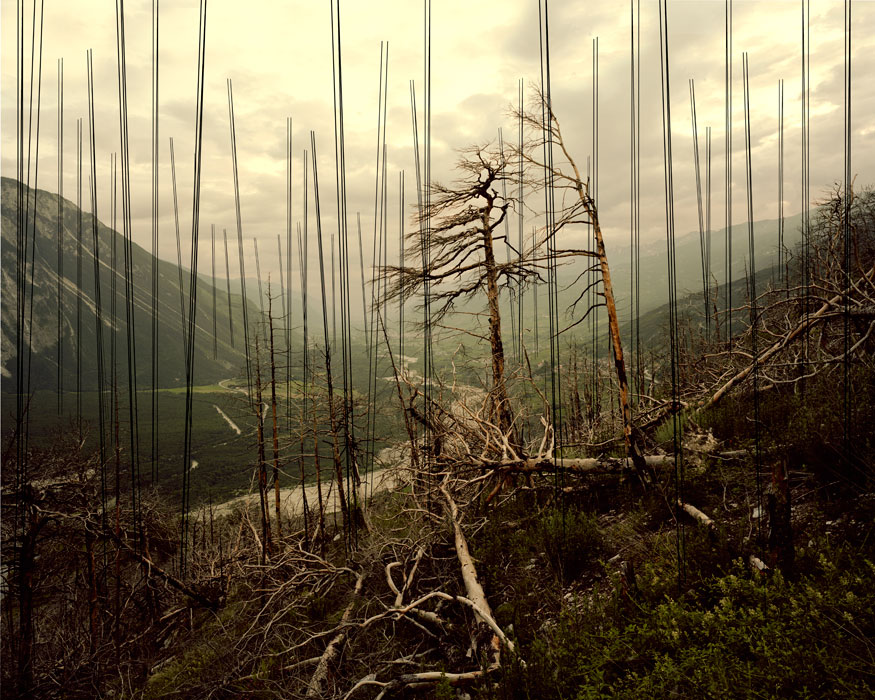 |
| |
| Bombardements, 2012 |
| |
| |
| |
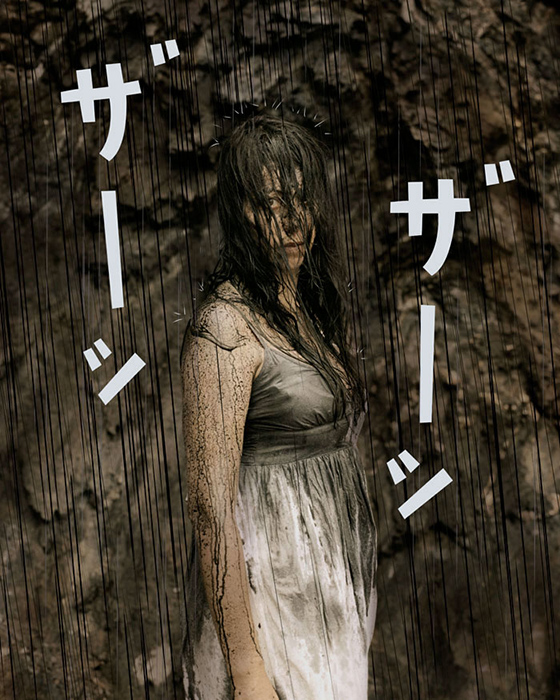 |
| |
| Pluie noire, 2014 |
| |
The "Black rain" reached ground level as sticky, dark, dangerously radioactive water. It not only stained skin, clothing, and buildings, but also was ingested by breathing and by consumption of contaminated food or water, causing radiation poisoning.
The onomatopoeias paint on the print are the sound of the rain.

|
|
| |
| |
| |
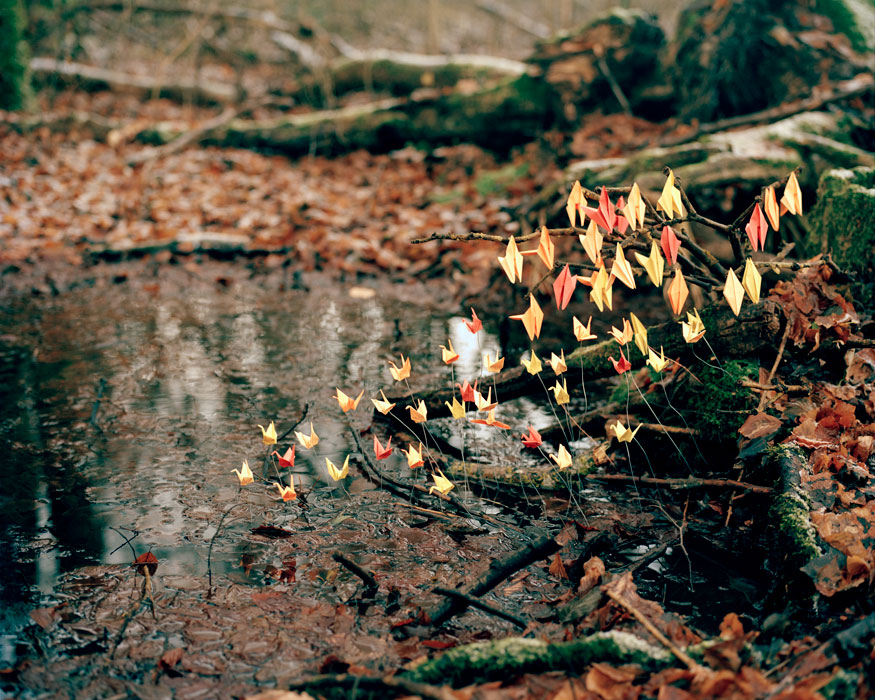 |
| |
| Pour Sadako, 2012 |
| |

Sadako was a young girl living in Hiroshima when the bomb dropped. Years later, she developed leukemia and she died in 1955, aged 12. An old Japanese story says that whoever folds 1,000 origami cranes will be granted a wish. Sadako didn't manage to fold 1,000 cranes while alive, but her friends folded the remaining ones and buried them with her. |
|
| |
| |
| |
| |
|
| www.davidfavrod.com |
